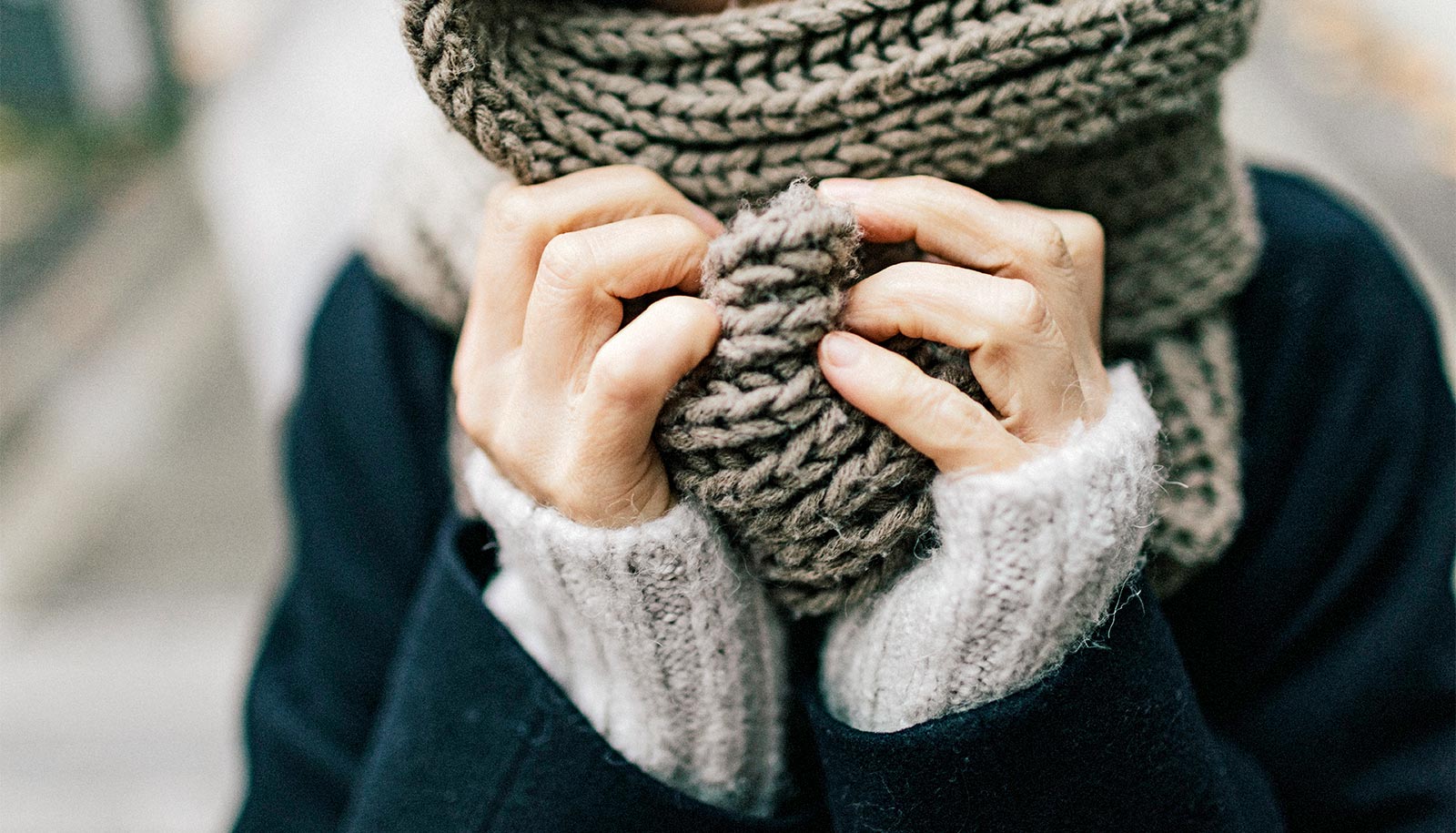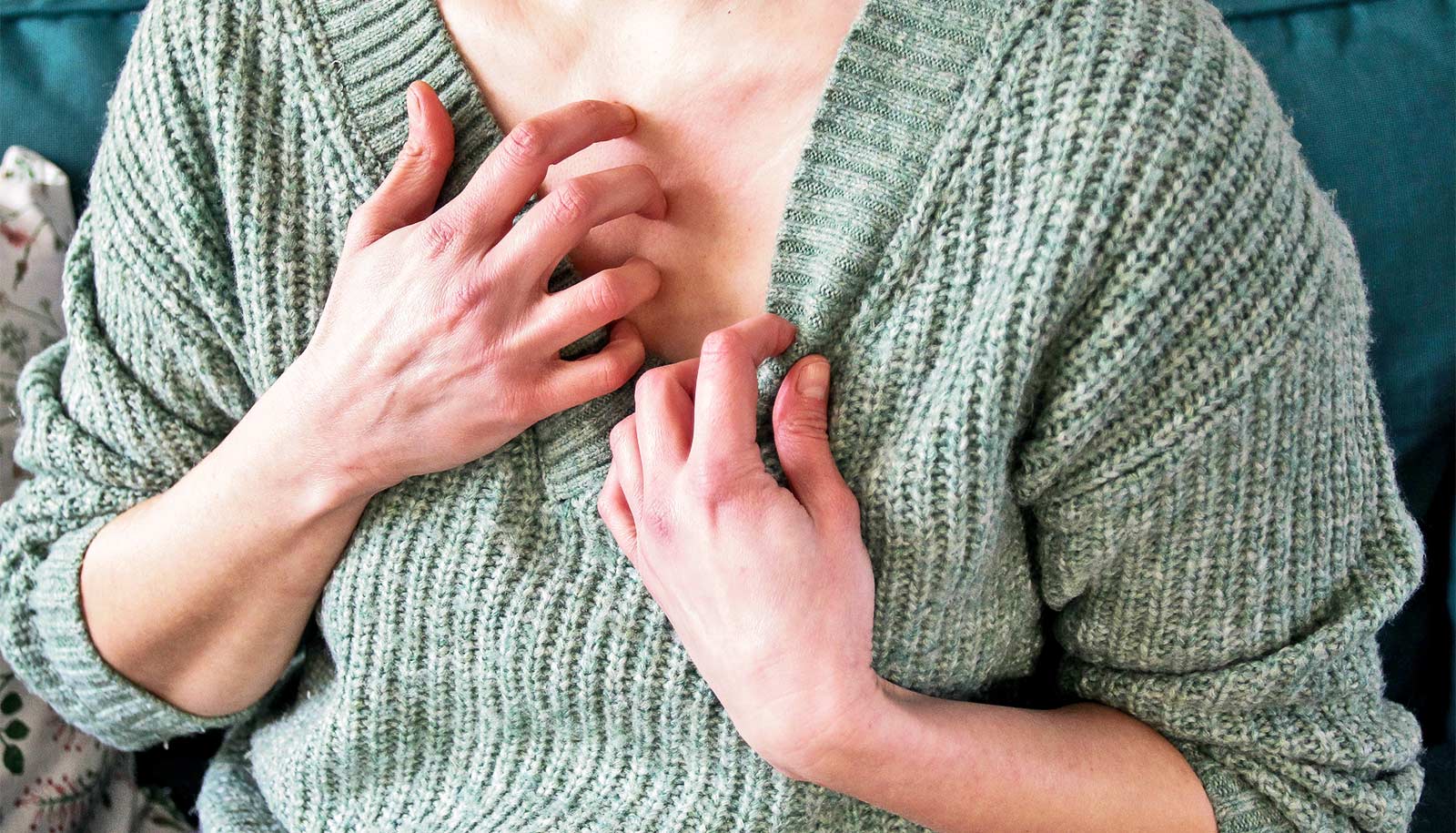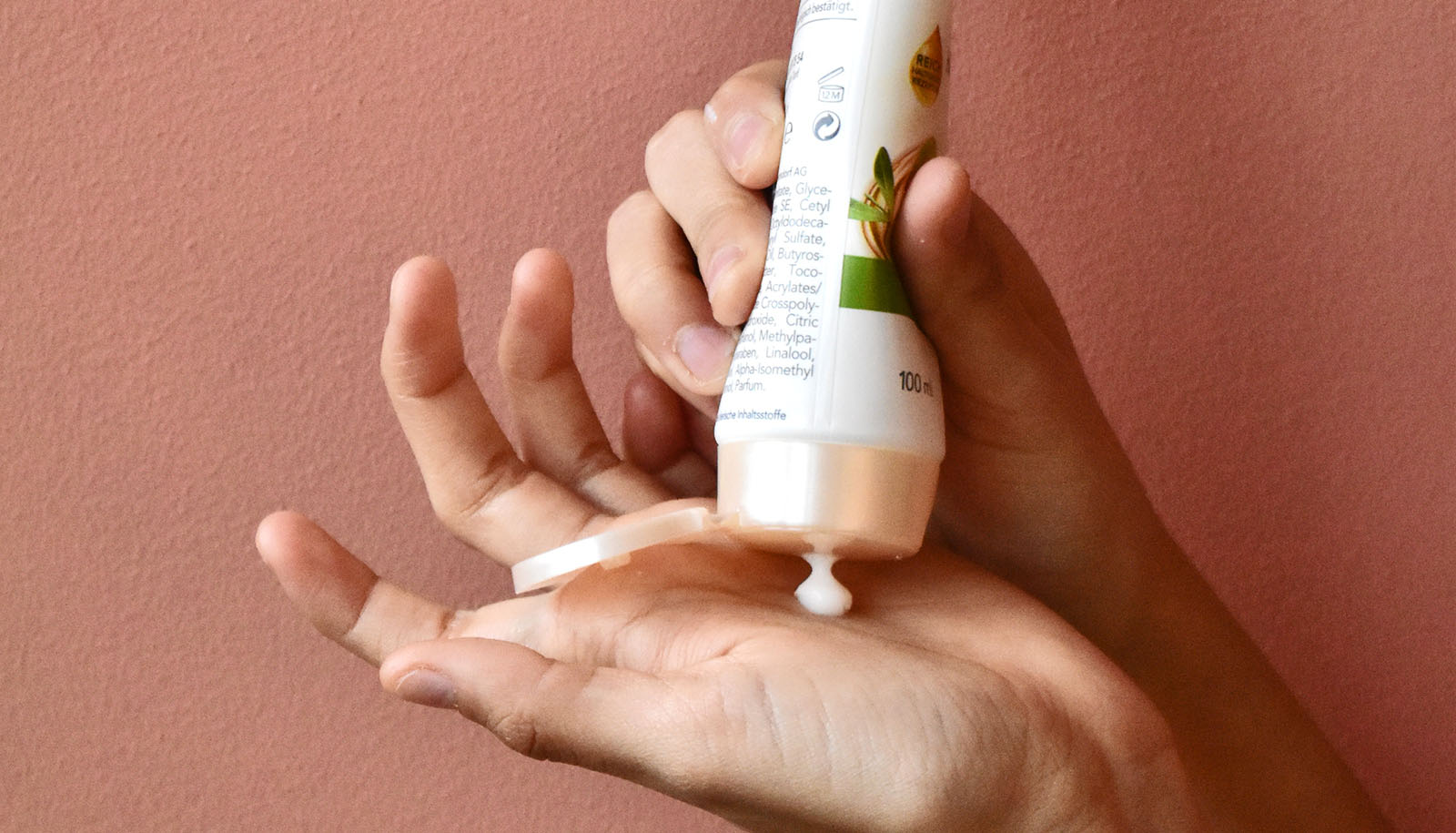An expert has some tips on how to treat eczema this winter.
In the winter, the cold, dry air and indoor heating can wreak havoc on sensitive skin, especially for those with hand or facial eczema.
Turning up the thermostat keeps us warm in winter, but it can make eczema worse. It can trigger flare-ups of itchy, red, and inflamed patches.
The problem is how we respond to the change in season.
“We close the windows and doors by October, and we don’t open them again until April or May,” says Lisa Beck, professor of dermatology and eczema specialist at the University of Rochester Medical Center. “We build homes that are very tight for energy purposes. But that means very tight for indoor allergens as well.”
This includes any feathered or furred pets, microscopic dust mites (which are found in high quantities in the pads of wall-to-wall carpets, pillows, and mattresses), and some rodents that can cause an inflammatory response in skin.
Here, Beck shares a few tips for eczema patients looking to keep the winter woes at bay:
1. Bathe less
- Okay, easier says than done, we know. But the more we bathe, especially with hot water and harsh soaps, the more we strip away the skin’s natural oils, leading to more dryness. Keep bathing to a maximum of once a day if you can. Dare we say try every other day?
- Use soaps that are lanolin free, unperfumed, and have a neutral pH.
2. Put on moisturizer immediately after bathing
- Putting on your moisturizing cream (not lotion, spray, or gel) when you’re still wet after a shower will help lock in the moisture.
- Moisturizers with pumps are best because they prevent bacterial contamination that sometimes forms in tubs.
- Be sure to avoid moisturizers with scents.
3. Humidify your heat if you can (but beware of mold)
- If you have a humidifier in your home, use it. Humidifiers release water vapor into the air, increasing the overall humidity level. This added moisture helps prevent your skin from drying out. Just don’t overdo the level of humidity to the point where mold starts to form in your house.
- If a humidifier isn’t an option, keeping the heat at lower temperatures, especially at night, is a good place to start. Continuous air blowing can also dry out the skin.
4. Remove fabric softeners from washers and dryers
- Keep your wash free of liquid softeners. And avoid wool balls or fabric softener sheets in the dryer.
5. Cook with oils that contain essential fatty acids
- Some cooking oils like safflower, olive, and sunflower oils are rich in the essential fatty acids (e.g. linoleic acid), which are important for maintaining a protective skin barrier, which will reduce dryness.
Adding these treatments to your routine should make your skin feel better all winter long.
Source: University of Rochester



